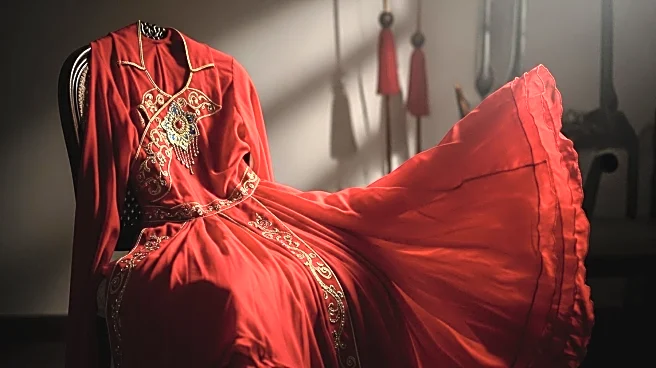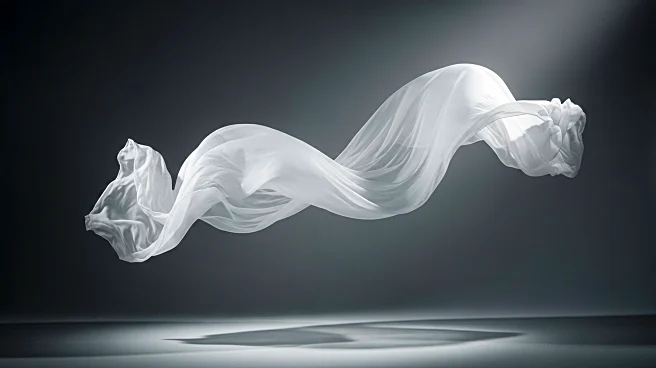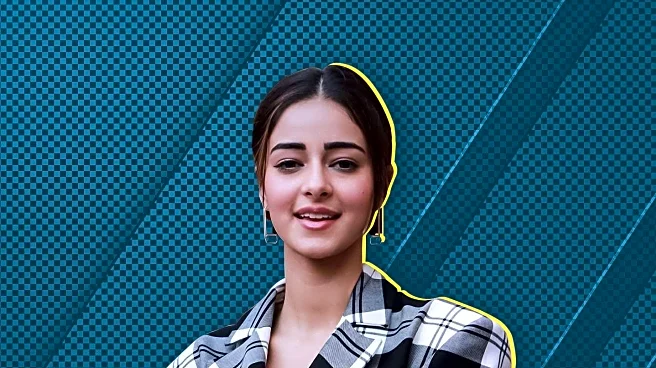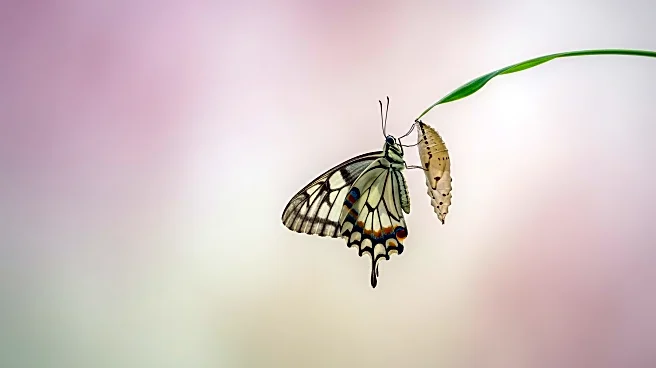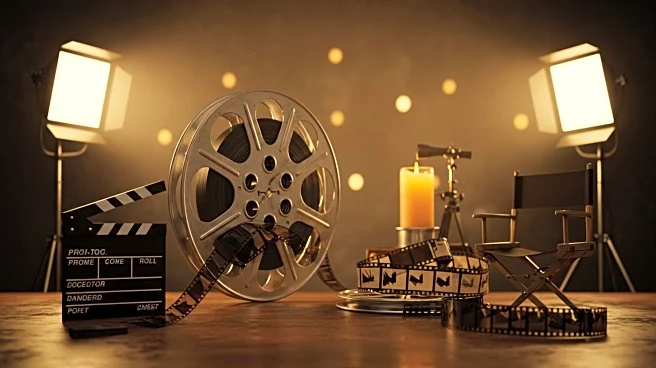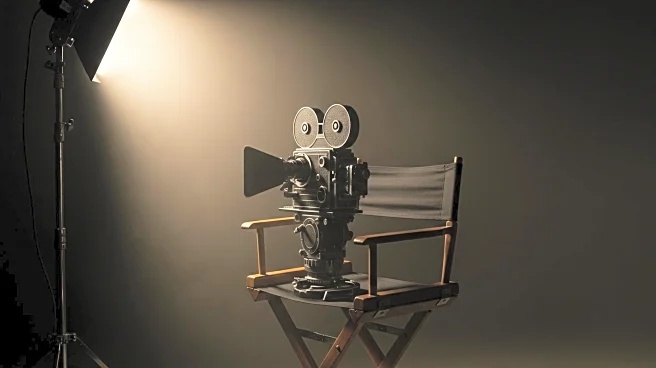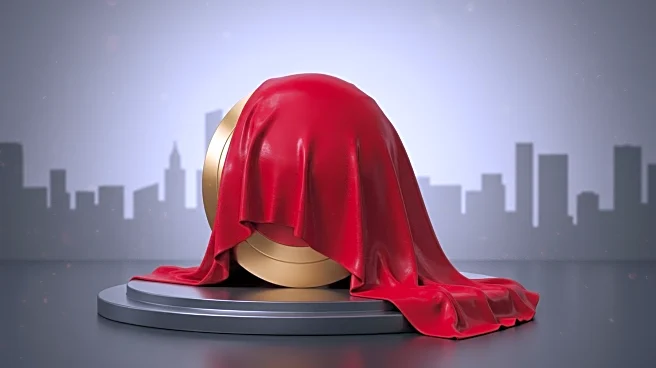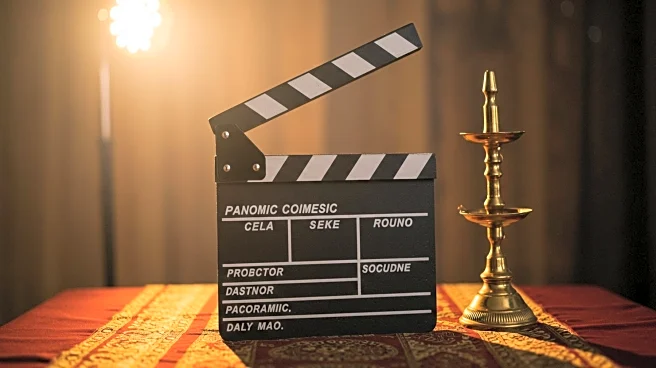What's Happening?
Actress Janhvi Kapoor, while promoting her upcoming film 'Param Sundari', reminisced about her late mother Sridevi's powerful 'rage dance' performance in the 1991 film 'Lamhe'. During an appearance on the show 'Super Dancer Chapter 5', Janhvi was moved by a contestant's performance, which reminded her of the intense emotions conveyed by Sridevi in the film. Janhvi praised the contestant for capturing the energy and expression reminiscent of her mother's iconic dance. 'Lamhe', directed by Yash Chopra, is a musical romantic drama featuring Sridevi in a dual role, alongside Anil Kapoor.
Why It's Important?
Janhvi Kapoor's reflection on Sridevi's performance underscores the lasting impact of Sridevi's work on Indian cinema and its influence on contemporary artists. Sridevi's ability to convey deep emotions through dance has set a benchmark for performers, inspiring new generations of actors and dancers. Janhvi's comments highlight the importance of preserving and celebrating the legacy of iconic performances in film history. This acknowledgment also serves to connect audiences with the cultural heritage of Indian cinema, fostering appreciation for the artistry and emotional depth that Sridevi brought to her roles.
What's Next?
Janhvi Kapoor's upcoming film 'Param Sundari', set to release on August 29, promises to deliver a cross-cultural romance set against the backdrop of Kerala's scenic landscapes. As Janhvi continues to promote the film, audiences can anticipate a blend of humor, chaos, and unexpected twists in the storyline. The film's release may further establish Janhvi as a prominent figure in the industry, following in her mother's footsteps. Additionally, Janhvi's engagement with dance reality shows could lead to more opportunities for her to explore dance as a form of artistic expression, potentially influencing her future projects.
Beyond the Headlines
Janhvi Kapoor's tribute to Sridevi's 'Dance of Rage' performance highlights the emotional and cultural significance of dance in storytelling. It reflects the broader role of dance in Indian cinema as a medium for expressing complex narratives and character emotions. This acknowledgment also raises questions about the evolving nature of dance in film, as contemporary performers seek to balance traditional techniques with modern interpretations. Janhvi's comments may inspire discussions on the preservation of dance heritage and its adaptation in current cinematic contexts.
